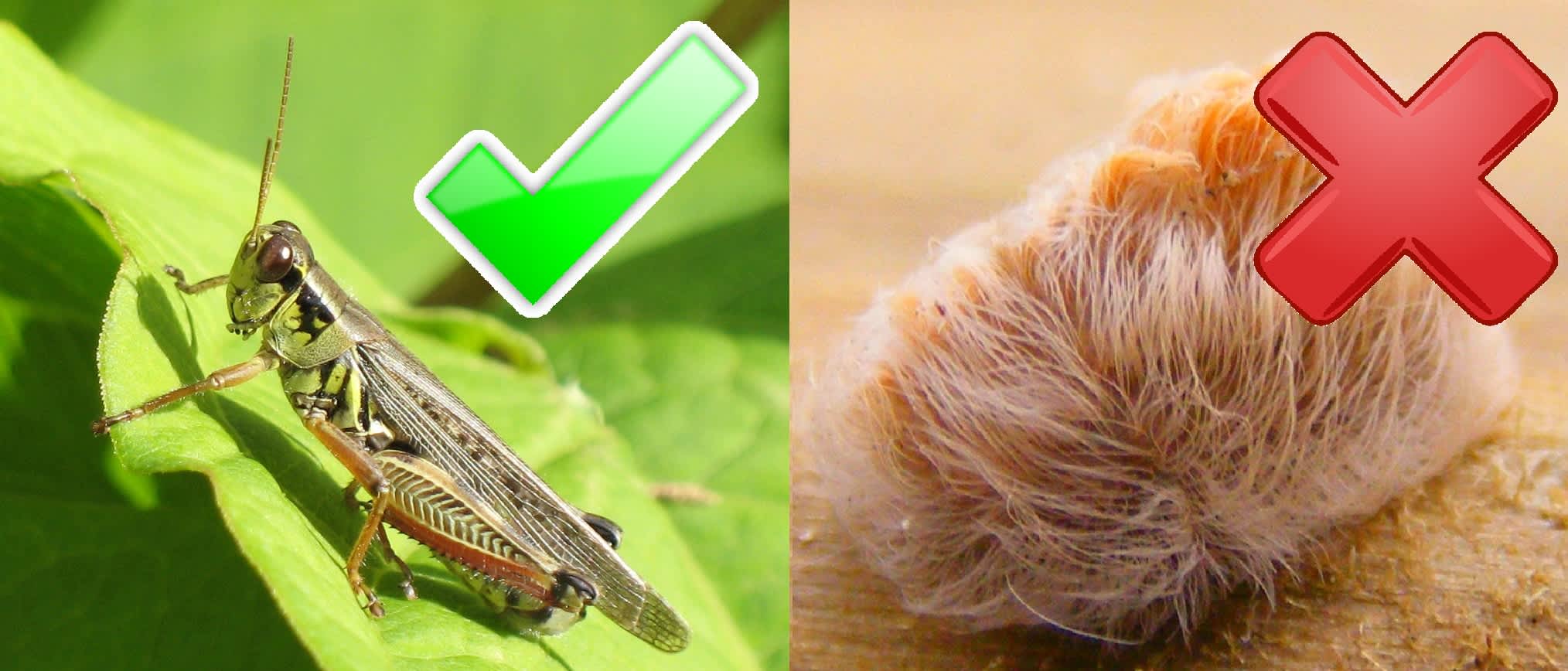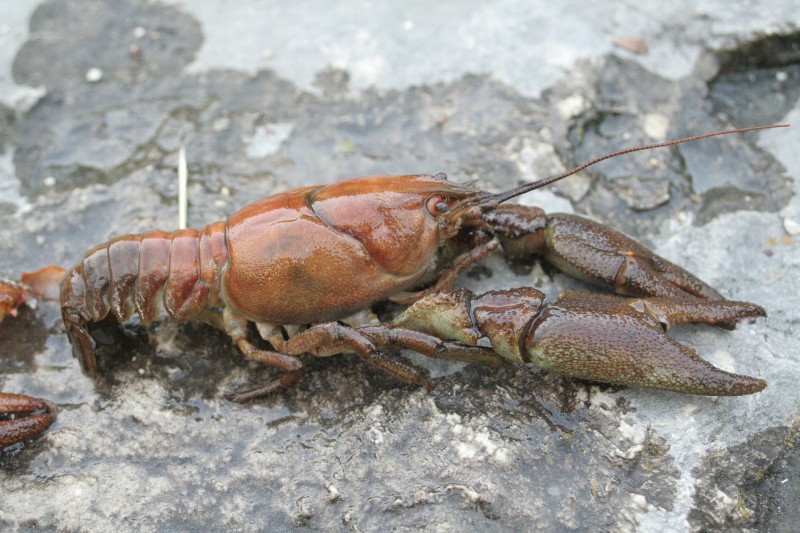Survival Scenario Snacks: Bugs and Crustaceans
Daniel Xu 07.08.15

Wild plants and roots are nice, but sometimes you want to add a little bit of meat to your diet. In this series, I will cover what animals can be harvested as a food source in the wild, and some general methods of capturing and cooking these critters.
To preface this, the odds of anyone actually needing to procure meat in a survival scenario are astronomically low. All things considered, finding edible plants is generally a far better use of your energy and, in most survival situations, shelter, fire, and water are way bigger priorities. Plus, nothing you can cook in the wild is ever going to match up to a nice porterhouse steak back home.
If you do find yourself building a wattle and daub hut during your second month in the wilderness, it may be time to shift gears. Meat may take a bit more skill and patience to gather than running into a patch of dandelions, but it is also nutritious, rich in fats, and provides cartloads of protein. You may also think tasty would be on that list, especially if you’ve be eating nothing but acorn bread for weeks, but that’s not necessarily true. Large game is generally out of the question unless you are very well-equipped. That means your diet is restricted to bugs, small game, birds, and seafood that you can easily catch.
Remember, energy is one of your greatest resources when it comes to survival, and you’re going to want to get the greatest return for the least amount of energy expended. Also, be sure to cook just about everything if possible. The last thing you need in the wild is a tummy ache.
Bugs

The first entry in this series is also the most abundant and easily found. Turn over a rock or and fallen branch and you’re likely to find a protein-rich snack. Of course, insects are generally not very appetizing. The thought of consuming something with tiny legs, crunchy carapaces, and beady eyes usually scares most people away, but insects are probably pound-for-pound the best survival food on this list.
What kinds of bugs should you target? Ants, crickets, grasshoppers, termites, worms, and certain kinds of beetles can make for a well-balanced meal. Grasshoppers and similar species are among the best for human consumption and can be readily collected in the morning when they gather on the top of plants. Avoid any bugs with strange odors or colorful bodies, as well as flies, mosquitoes, spiders, and other possible disease carriers. You’re also going to want to pass on bees and stinging insects because they are rarely worth the effort. Caterpillars are some of the most nutritious bugs—and according to some, the tastiest—but certain species can be toxic. They should generally be avoided unless you know which ones are safe to eat.
Bugs are easy enough to gather and can be eaten raw, although experts usually advise you to cook them beforehand. If the thought of eating these critters is too much for you to handle, trying removing all the crunchy bits (legs, heads, wings) and mashing them together into a paste. They can even be fried, although boiling or roasting between leaves are also an option. Bugs—and just about everything else—are infinitely more palatable if you have the good luck to carry some salt with you, which also allows you to preserve food to a certain extent. Otherwise, the flavor will at least be a diversion from what you’ve been eating so far.
Crustaceans and mollusks
These creatures are kind of like bugs, except they come from the sea and are generally much better tasting. If you can find critters like shrimp, crayfish, and crabs, the odds are you won’t ever want to catch anything else. Crayfish can be found easily by their characteristic nests and can be caught either barehanded or with some bait. If you’re near a shore, you might also want to trap some crabs or lobsters that come out at night.
Here’s a brief look into how a primitive crab trap can be built:
Crustaceans can be cooked just like at home, but be careful with your fingers!
Another good source of food is mollusks, including clams, oysters, mussels, and snails. Just make sure to avoid eating shellfish not covered by water at high tide, and be extra cautious in the summer, as certain shellfish can become poisonous. Mollusks can be found in both shallow freshwater and near tidal pools. There is no way to bait or trap these critters, so you’ll have to use your hands and feet. Most people are already familiar with most forms of wild shellfish, but few know that American snails are also very edible and can be found just about anywhere.
Unlike garden foragers, you probably won’t have the time or inclination to pursue shellfish in the wild. Snails and mussels can taste a bit off, depending on their diet or environment, and some people have learned to treat this either by starving them before cooking, or by soaking them salt-cured water. After this step they can be cooked by either steaming, roasting, or boiling in a stew.
Are you already salivating at the thought of some fried termites? Probably not, but at least it’s good information to have. Next time I will go over wild fish and amphibians.


